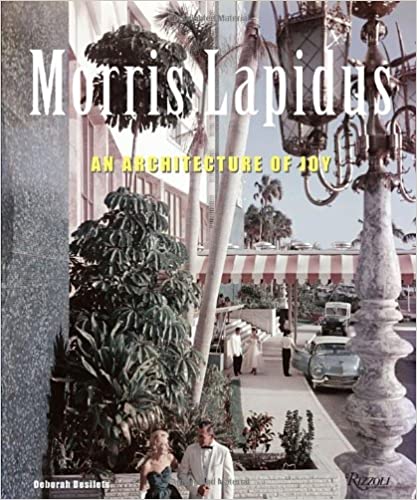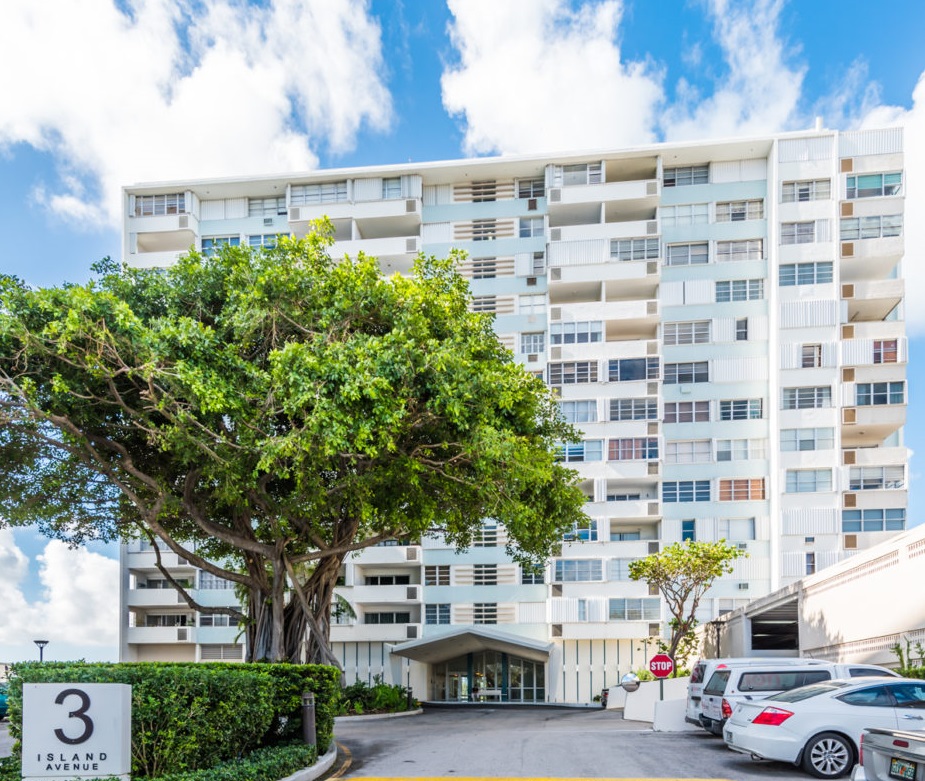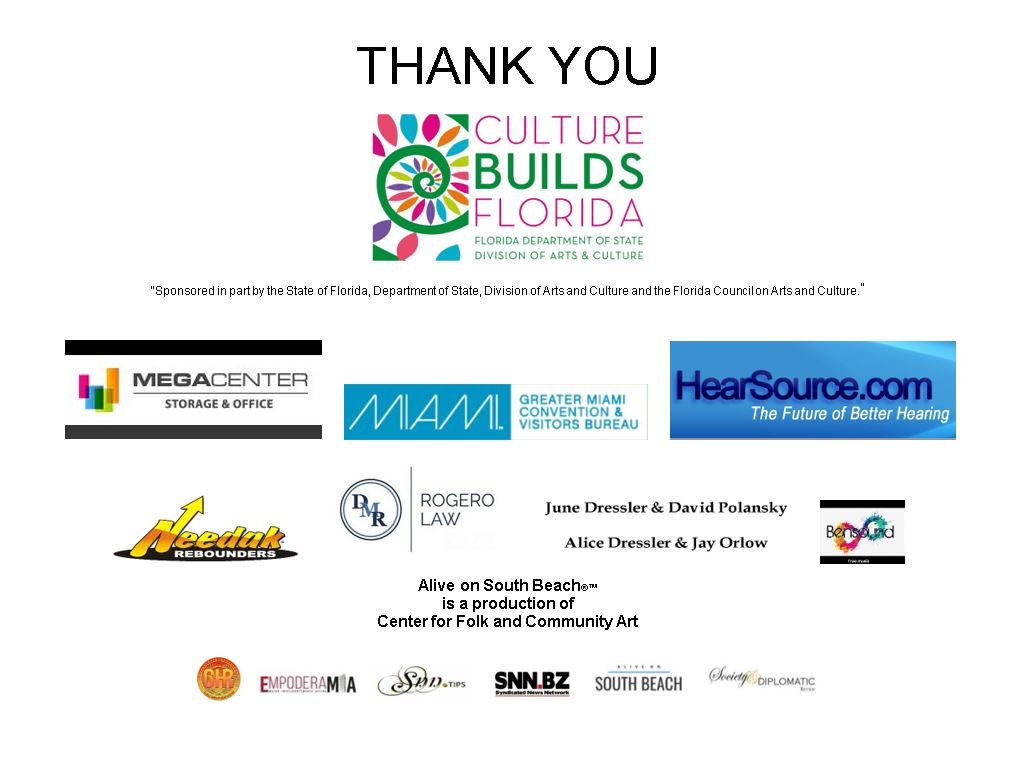The following information is taken from a press release by the Syracuse University Library announcing the acquisition of the personal papers of the flamboyant and trend-setting architect Morris Lapidus. Video is produced by Deborah Desilets and Cesar DeGracia.
Notable Architect, Morris Lapidus, who died in 2001, is perhaps best known for hotels like the Fontainebleau, Americana, and Eden Roc in Miami Beach, buildings which embodied the growth of leisure in American life during the 1950s and 1960s. The Fontainebleau has served as a backdrop for variety of iconic scenes in American film, including the James Bond thriller Goldfinger (1964). Most of Lapidus’ buildings exhibited a mélange of historical styles— French provincial, Italian, and Baroque—and anticipated the post-modernism of later architects. Lapidus was born in Odessa, Russia in 1902, but his family immigrated to the United States soon thereafter. As a wide-eyed youth, he marveled at the splendor of Coney Island and he would later impart a similar spirit of excess to his work as an architect. That spirit would place him at odds with his function-minded modernist peers. However, contrary to the editor’s choice of title for his 1996 autobiography, Too Much is Never Enough, Lapidus was interested less in hedonism than he was in a “quest for emotion and motion in architecture.” Frustrated by his sometimes-antagonistic relationship with the architectural establishment, Lapidus destroyed many of his firm’s records when he retired in 1984. However, he retained a core collection of especially valuable papers that he entrusted with his last collaborator, architect Deborah Desilets. The archive includes a large collection of photographs dating to the 1920s, conceptual drawings, manuscript drafts of his written works, and correspondence with his long-time friend, mystery writer Ellery Queen.

As an aside, Stewart Stewart and I (Dena Stewart) had the privilege of spending a considerable amount of time with Morris. In 1994 through 1995, for a Center for Folk and Community Art multi-media art project called “What it Feels Like to Grow Older”, we asked about 700 senior citizens what growing older means to them. They wrote stories and drew pictures. In some instances, youngsters collaborated with the seniors. We crafted a movable mural with their quotes and artwork. A video documentary of this project was co-produced by WLRN-TV (PBS). Morris Lapidus participated in this project. He painted a picture – his first painting after not painting for many years. He also took part in the video. He was 91 at the time.

And we had the pleasure of visiting Morris in his home – a duplex apartment he designed in his building on the Venetian Causeway, Miami Beach. Morris was in his 90s at the time and a delight to know and work with.




